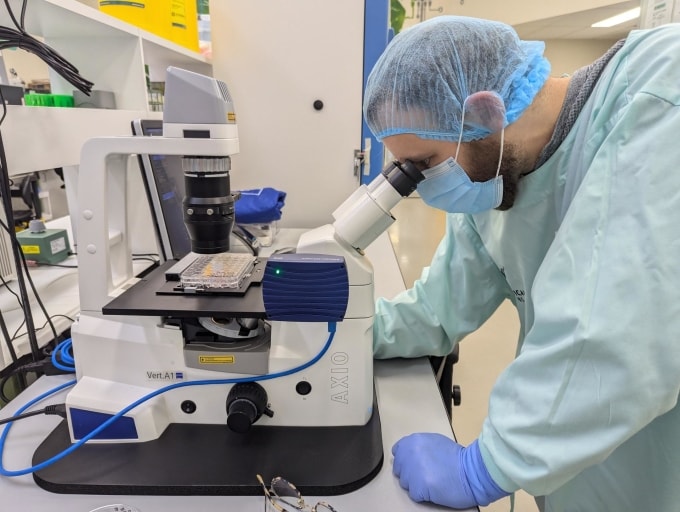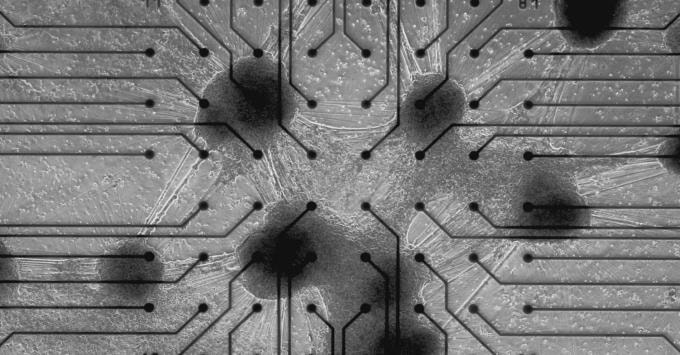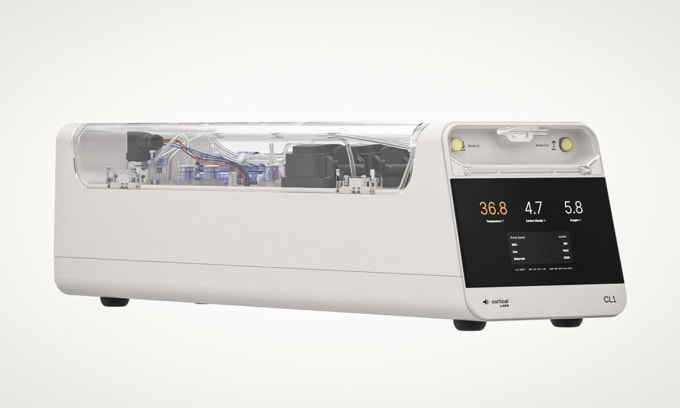The world's first biological computer that combines human brain cells with silicon hardware offers a completely new kind of computational intelligence - more dynamic, more sustainable, and more energy-efficient than any AI available today.

Australian company Cortical Labs has just launched CL1, the world's first biological computer that combines human brain cells with silicon hardware to form a fluid artificial neural network, opening a new era of AI technology.
According to Cortical Labs, CL1 offers a whole new kind of computational intelligence—one that is more dynamic, more sustainable, and more energy-efficient than any AI available today.
Called Synthetic Biological Intelligence (SBI), the CL1 system was officially launched in Barcelona, Spain, on March 2, and is expected to be a turning point for scientific and medical research.
Essentially, the cellular neural network on a silicon chip is an organic computer that is constantly evolving. The team behind it says it learns faster and is more flexible than current silicon-based AI chips used to train Large Language Models (LLMs) like ChatGPT.
Brain cell biocomputers could revolutionize everything from drug discovery and clinical trials to building “robotic intelligence,” allowing for limitless personalization on demand. CL1 is expected to be widely available in the second half of this year.
Customers can buy the CL1 biocomputer outright or simply buy time on the chips, accessing them remotely to work with cell culture technology via the cloud.

In the CL1 system, lab-grown neurons are placed on a flat sheet of glass and metal electrodes. Here, 59 electrodes form the basis of a more stable network, giving the user a high degree of control over when to activate the neural network. This SBI “brain” is then placed in a rectangular life support box, connected to a software system that operates in real time.
In the lab, Cortical is assembling boxes to create a first-of-its-kind biological neural network server rack. The rack, which will contain 30 boxes, each with multiple cells on electrodes, is expected to come online in the next few months. The team aims to have four racks available for commercial use via the cloud by the end of 2025.

A rack of CL1 boxes uses only about 850 to 1,000 watts of power. Each box costs about $35,000 and doesn't require an external computer to operate.
"CL1 is the first commercial biocomputer, uniquely designed to optimize communication and information processing with in vitro cultured neurons. CL1, with its integrated life support system to maintain cell health, has great potential in the fields of technology and medicine," said the CL1 development team.
TB (summary)